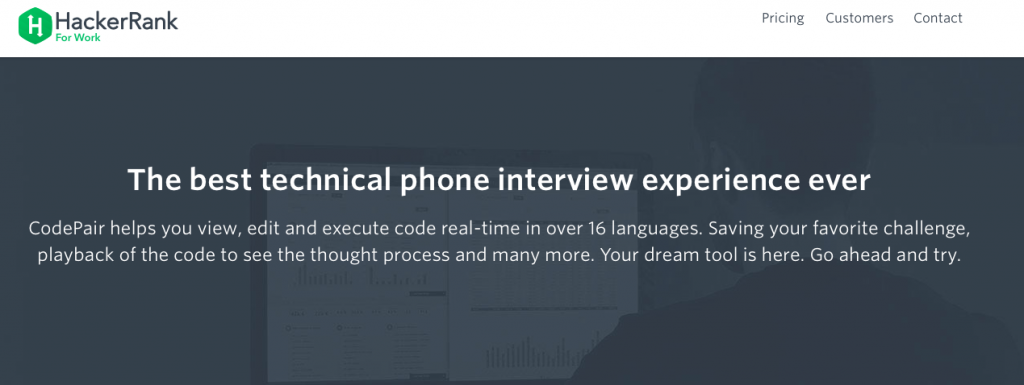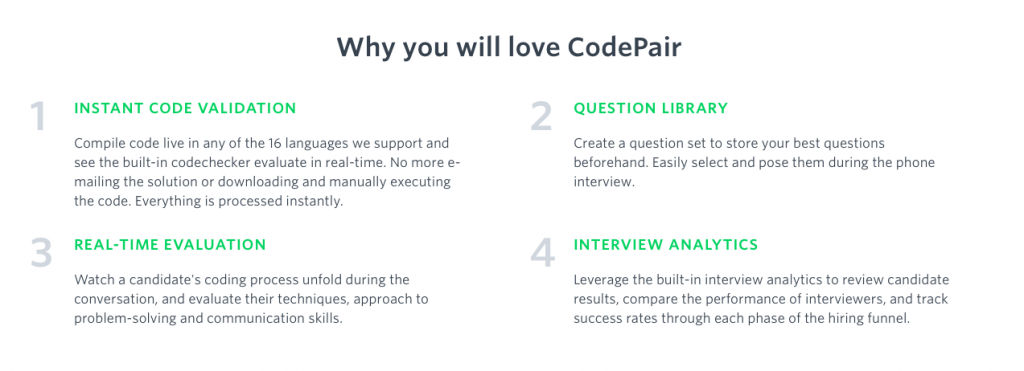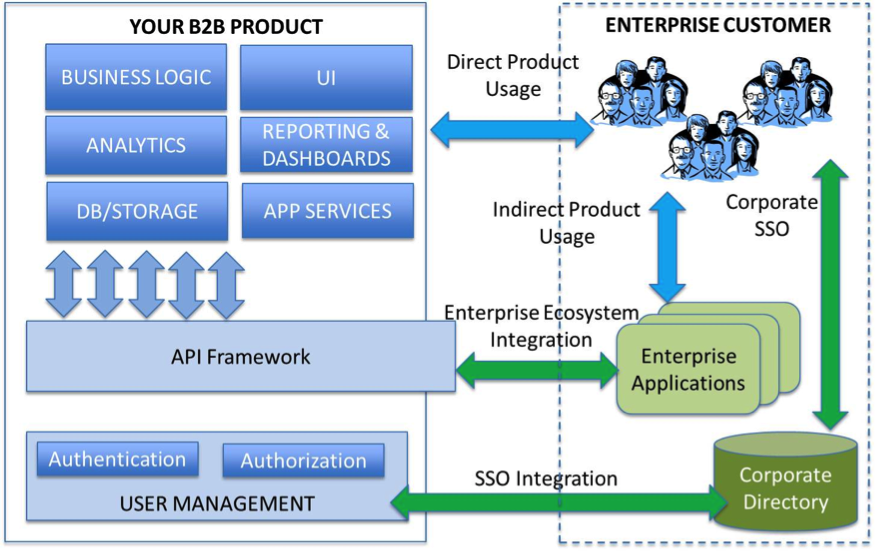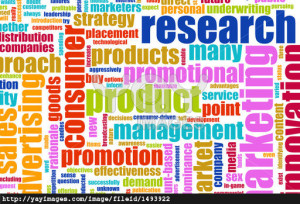We formally launched inBoundio last week, I kept it in beta for eight months and kept working on it. It was slow going since I was the only one working on it — sometimes there was no progress for days. There were times when I got stuck and had to wait for people to reply on stackoverflow and answer my questions so I could finish the coding. Lot of things went wrong or didn’t work out. But some did, and in this post I want to share what I have learned. InBoundio is just starting. It is in no way a finished product nor a mature product, but I feel I should share my knowledge and experience right now. If I wait until I’m done, I may forget many of the smaller things. So here is the complete story. If you want the TL;DR version, scroll to the bottom where I have put everything in points.
How I Began
I stopped thinking too much, stopped planning, and just started doing the things I wanted to do and which I loved. I love technology, internet and marketing, so the product I built aligned with all this and I never had to look at where I was going. Failure looked acceptable as I knew I was going to enjoy the process and the final product.
I also didn’t set any deadlines for myself, and didn’t care about making money or setting targets. This took time out of the picture, which made me more comfortable and reduced any anxiety about getting it done. I wanted to be sure I made as few mistakes as possible, and I wanted to fully understand the market and user requirement. I continued to work alone, and it was only last month that I opened an office and hired two awesome developers (who in just five weeks have become a big part of my life).
How I funded inBoundio
Since inBoundio started as a one-man company, the expenses were negligible. I got one year of free hosting from RackSpace , which saved some money. I got the logo done for $3 and the dashboard was a $12 template. That was all the initial expense. I did use freelancers later on, as I wasn’t able to code some features. I paid them primarily from money earned by selling software packages and offering services.
Offering services also helped me understand client needs and wants. Because InBoundio is still in the early stage, I will keep on doing this for at least this year.
The experience with freelancers was hot and cold. Overall, I felt I wasted a lot of time. Many features never got shipped and I probably overpaid on a few, but I have learned my lesson.
Where We are right Now
inBoundio is still in its very early stage, and I am still working on finding the correct business mode. Still, I felt I should write this post now, as I want to share my experience and journey so far (posts like “How we sold our business for 20 million dollars” suck, right?)
Right now I have a small team working from our office, both of which give more structure to the business and make things move fast. For example, we are shipping new features on a daily basis, something which was not possible earlier. We just launched our chrome plugin and waiting for our WordPress plugin to get approved.
My Learning while bootstrapping as a single founder
I am splitting my learning into 2 section. Startup and Business/Life.
Startup Learning
- Use freelancers wherever you can, but be careful. I had mixed experience with freelancers. I met some nice people but I felt I also sometimes overpaid. Sometimes the freelancer just wasted time and did nothing. There is a huge cost involved in finding the right freelancer, plus there is a cost involved if something goes wrong. You can use freelancers for small tasks like testing—for example, I hired a freelancer from Vietnam on oDesk for $5/hour who did a great deal of testing and found lots of bugs. I also got the initial logo for $3 and bought the user dashboard template for $12.
- Do not hire people unless you need them. Do as much as you can by yourself and understand the technology stack of your product as well as marketing. Find your first paid user by yourself. Find new marketing channels by yourself. Do sales and support by yourself. Take all the phone calls yourself. Do the site support chat by yourself. All these tasks are part of building your business.
- SaaS businesses don’t grow fast and there is nothing great about them. InBoundio is growing 15% month to month, which I think is on “faster” side of growth, although most of the SaaS businesses grow very slow. In fact I don’t even think SaaS are the best business model on the web for making money; the unit economics don’t work and most B2B products don’t spread by word of mouth. This means higher cost of marketing and no viral effect.
- The best feedback you will get is from your product users. The best feedback I have ever gotten is from inBoundio users. I have asked questions on various web marketing forums like warriorforum, as well as on Reddit and Hackernews, and received helpful replies. But the best real feedback I got was from current users. Aimee, my first paid user, has replied to many of my emails telling me what was broken.
- Building is easy, marketing is not. Marketing will always take more resources and time than building. Most founders put all their energy into building and then run out of steam and ideas. Products fail because they hit the wall of “How to Market and Sell” and the founders have no answer.
- Win-Win partnership works on Internet. The best businesses on Internet are the ones where your user also wins. If you are just focusing on yourself and how you can grow and make money, you will find yourself alone. This is not what the Internet is about.
- Bootstrapping is not easy, and doing it is as a single founder is even more difficult. Bootstrapping sounds great when you are able to pull it off; when it don’t work out, it can do lot of damage to your personal finances. Being a single founder also means you are taking the risk and will burn out fast. So far, though, things are looking fine for me. I will keep on doing what is working. If I feel I am burning out or need funds for additional growth, I will look at alternatives– though personally, I will always chose Freedom over Money.
Business and Life Learning
- Success and Failure are meaningless terms. Don’t waste your time judging yourself from others parameters.
- Don’t look at other startups and how they are doing. There are people who started before you, and others have already finished the race before you even started, so it is stupid to compare your startup with others.
- Don’t waste too much time thinking about company vision, disruption and denting the universe. You will end up doing what you want to do anyway, no matter what your earlier vision was.
- Use your own software. This is the best way to understand the limitations of your software. I only use inBoundio to market inBoundio. Yesterday I sent 1,000 emails and today I made some social media postings. When you use your own software, you can take better action on your user feedback and learn what you want and what you don’t.
- There is nothing wrong with doing services to fund your company product. I personally feel a business is a business, so it doesn’t matter if you are doing services or product. The end goal is to build a business.
- If you are not enjoying what you are doing, don’t do it. It is just not worth it.
- Only do things which make you happy. I don’t think I need to explain this.
- Don’t chase money; it will always be the byproduct of your success. If you do well in life, you will make money, anyway. If you start chasing money, you will cut corners, compromise on quality, and become mediocre and unhappy.
- How big you get, how big your business becomes, and how much money you make is NOT in your control. It doesn’t matter if you have an amazing team, a great product, big funding and work 18 hours a day, you can – and possibly will — still fail. Don’t waste your time on thinking things which may or may not happen. Live in the present, build your company in the present.
- Don’t plan too much. Most of the plans are just wishful thinking.
- Money will solve only one problem, money. The rest of the problems of building business have to solved by you only.



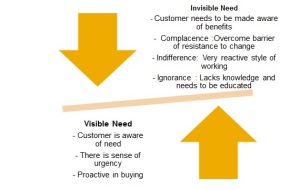

 As it was once said, “A creative adult is a child who has survived”. So what are you waiting for? See you on 28th Nov ’14 under the umbrella of UXnow. Let us together revisit the creative child in us in our very own NCR and we promise that you would ‘Rediscover’ the shining Nickel for the wonder inside.
As it was once said, “A creative adult is a child who has survived”. So what are you waiting for? See you on 28th Nov ’14 under the umbrella of UXnow. Let us together revisit the creative child in us in our very own NCR and we promise that you would ‘Rediscover’ the shining Nickel for the wonder inside.




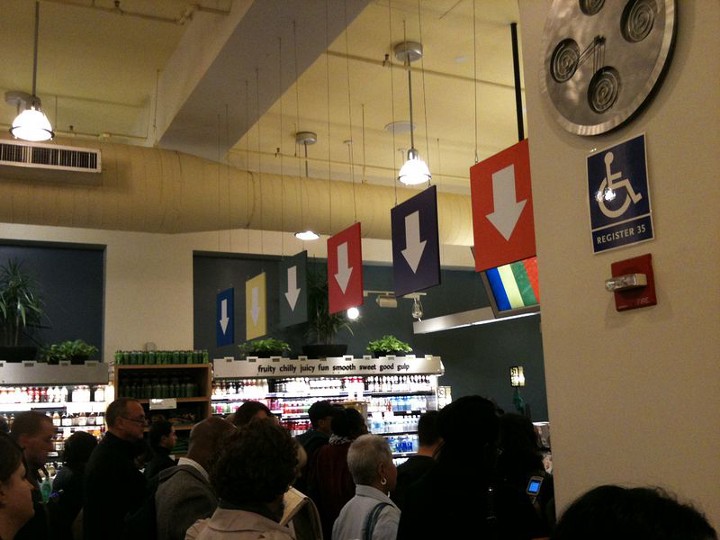

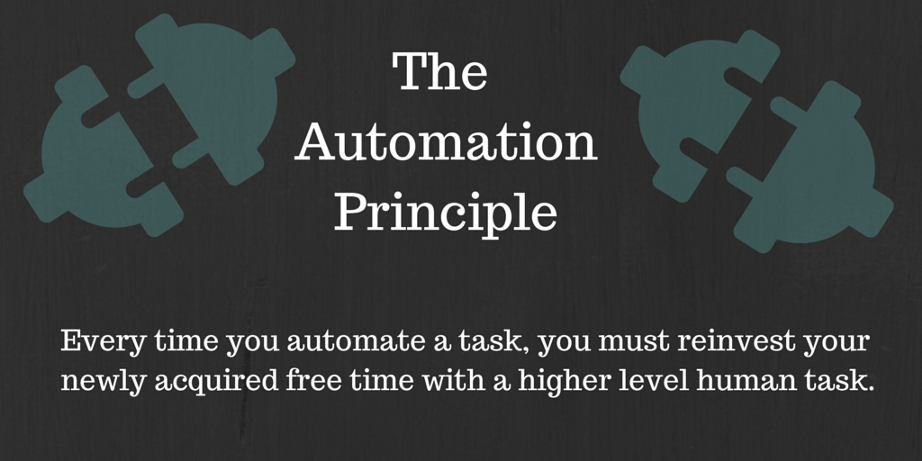


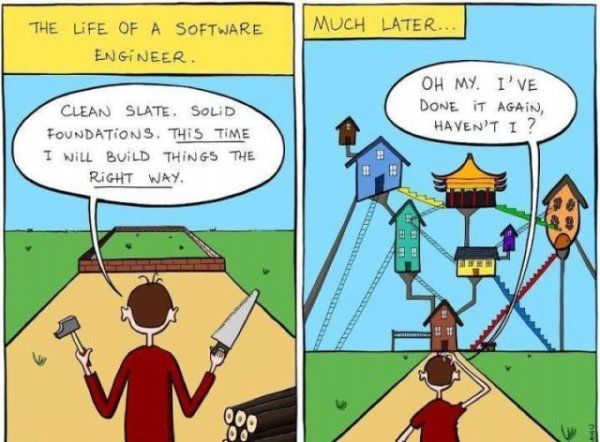

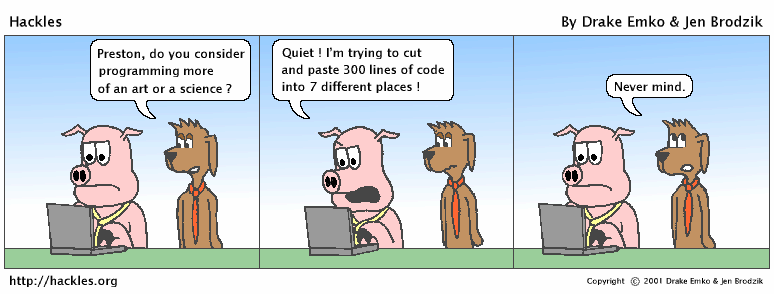
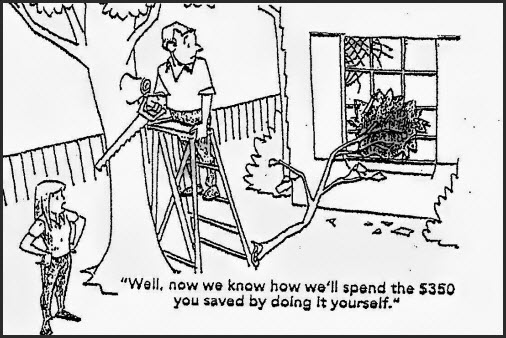

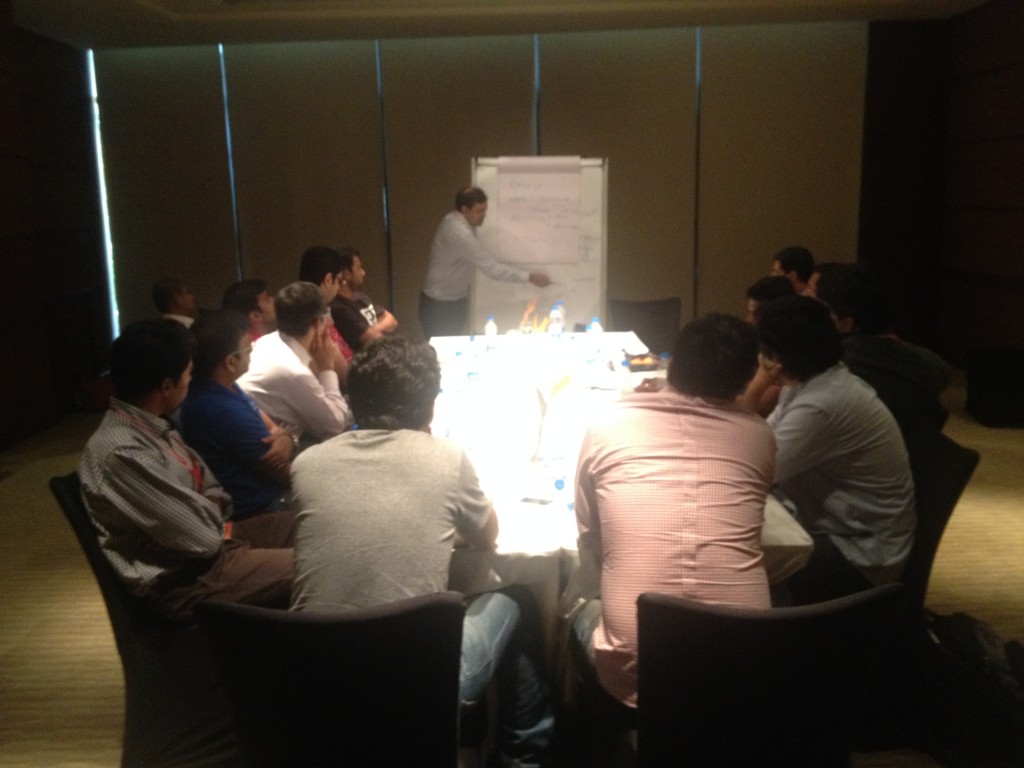 To give you a taste of how things play out in the real world:
To give you a taste of how things play out in the real world: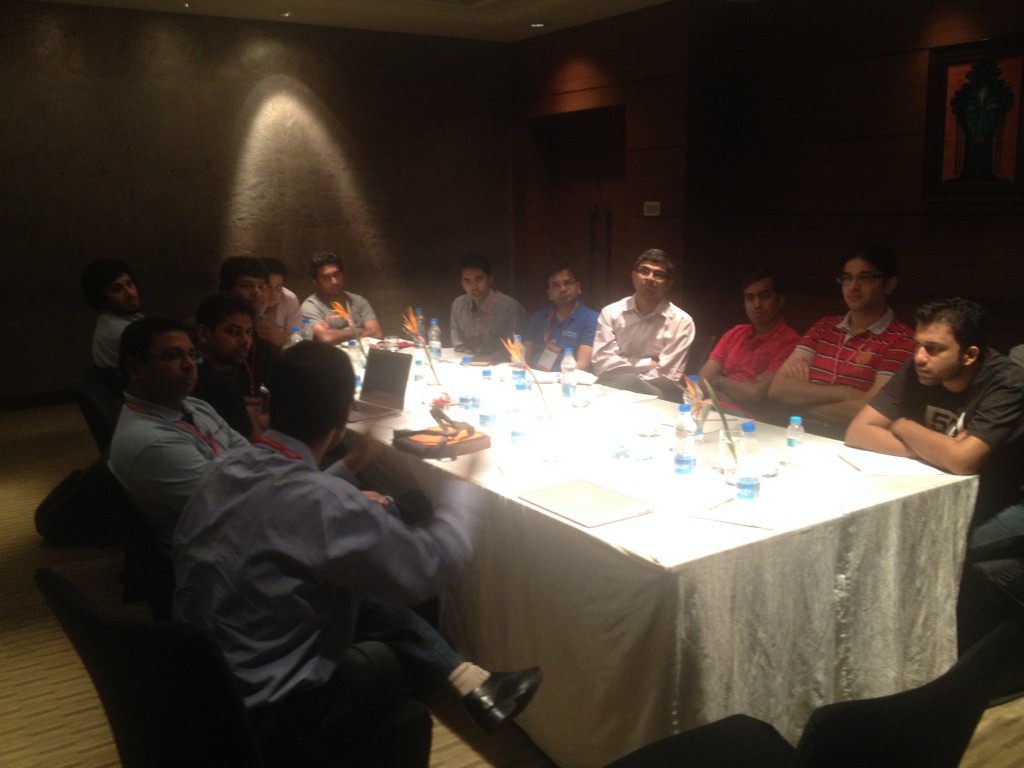
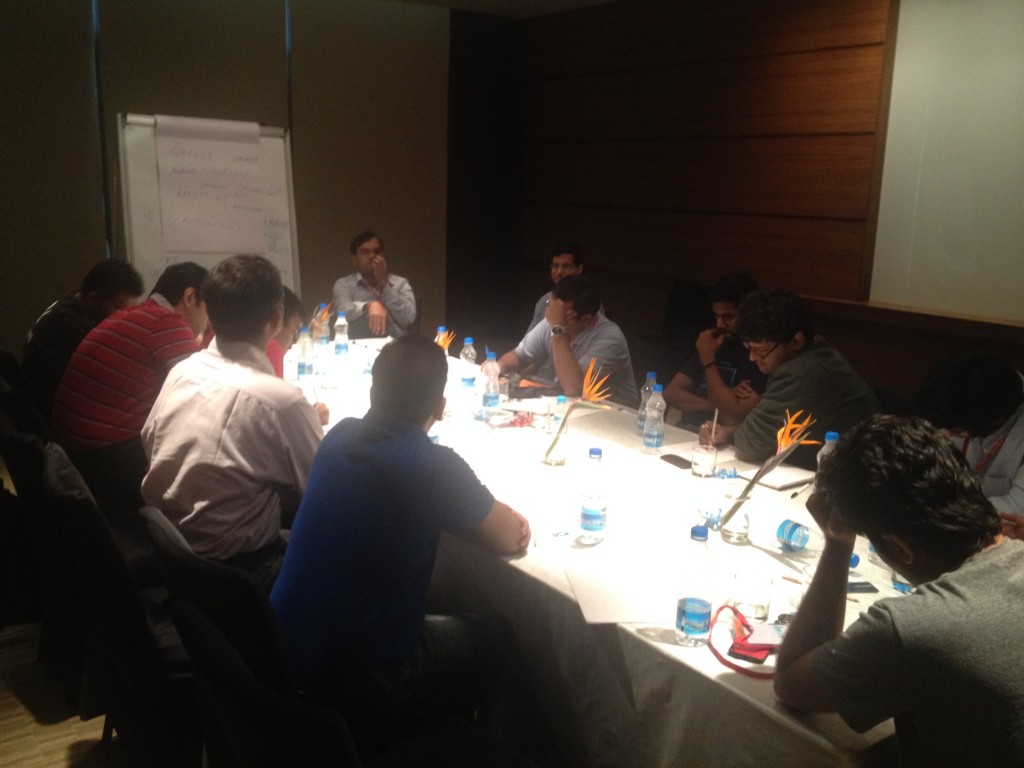 Best Practices For Product Development:
Best Practices For Product Development: 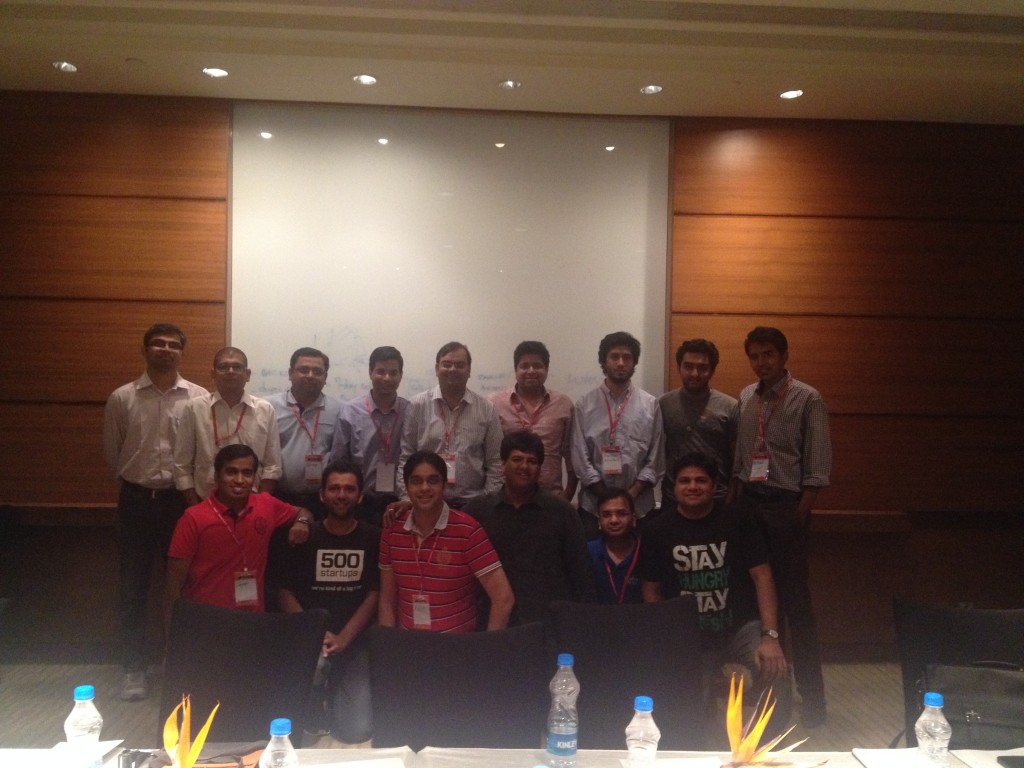
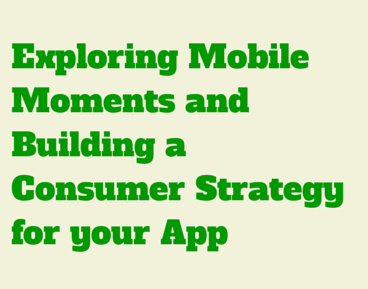 Brand experience must be pleasant and relevant to your consumers’ experience. However, marketers need to look beyond demographic, location specific or personal preferences and execute more on better targeting options like hyper-context. Hyper-context applications delve deeper in contextual understanding, going a step ahead to combine context with users past behaviours and preferences and to even predict the users’ need in the next moment. A personalized mobile experience that enriches consumer experience can augment favourable attitude toward a brand message, increasing purchase intention and significantly add to a company’s bottom line.
Brand experience must be pleasant and relevant to your consumers’ experience. However, marketers need to look beyond demographic, location specific or personal preferences and execute more on better targeting options like hyper-context. Hyper-context applications delve deeper in contextual understanding, going a step ahead to combine context with users past behaviours and preferences and to even predict the users’ need in the next moment. A personalized mobile experience that enriches consumer experience can augment favourable attitude toward a brand message, increasing purchase intention and significantly add to a company’s bottom line.

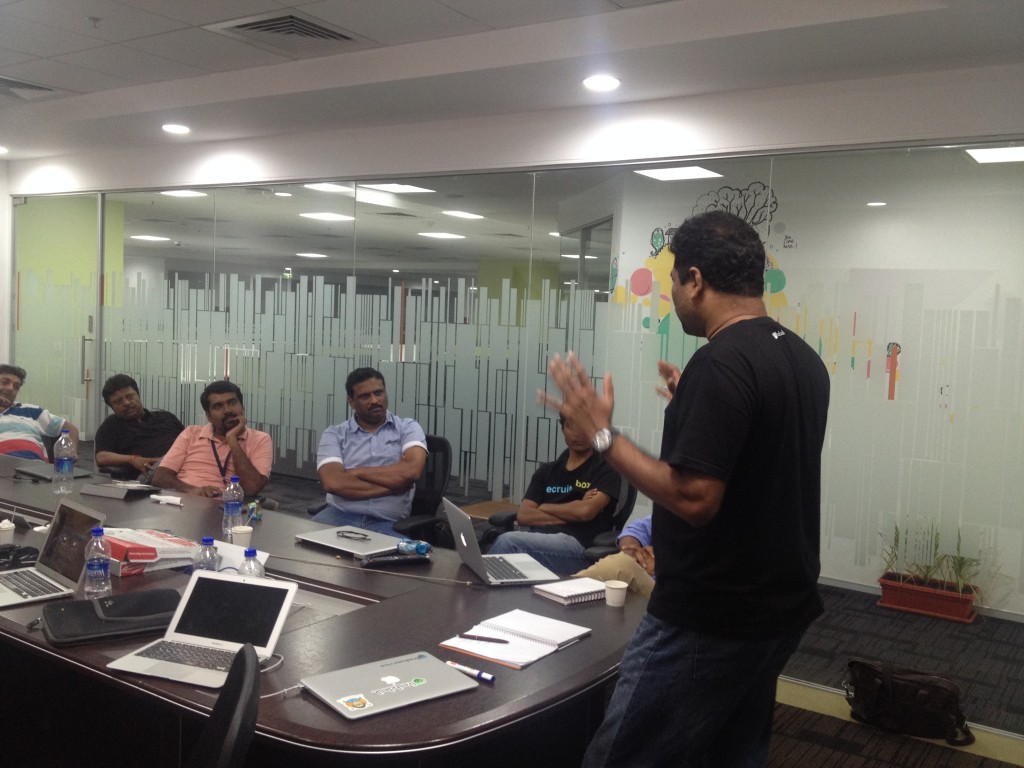
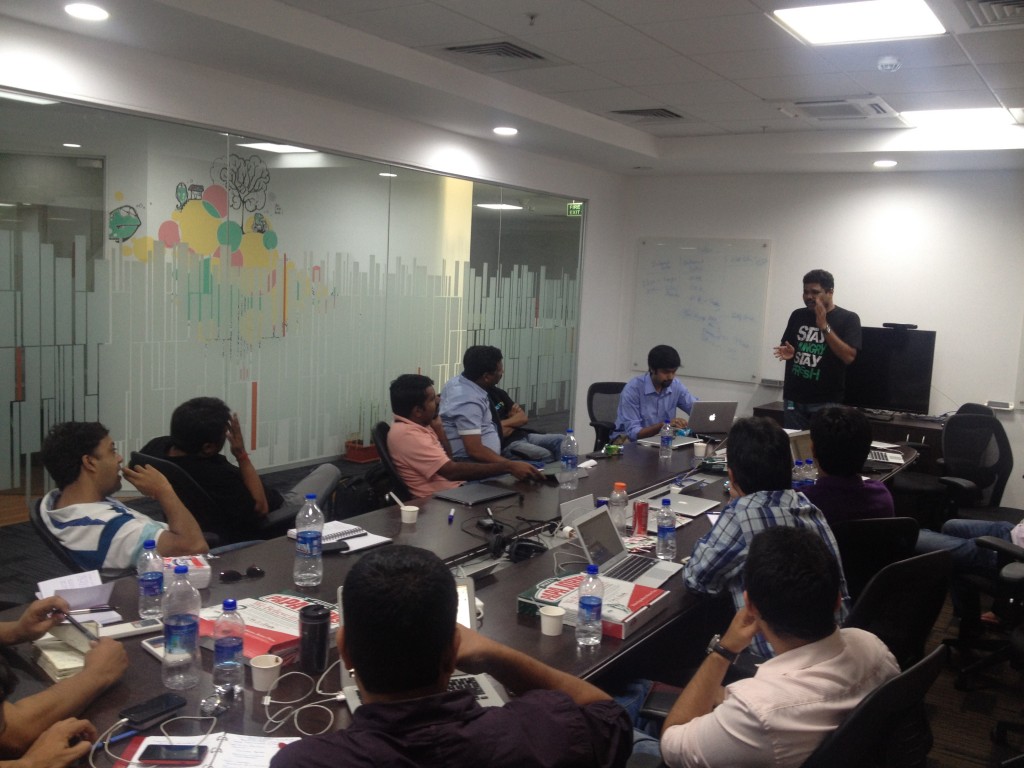 Generally, personalize across presales, sales, and marketing. The response rates are 25%.
Generally, personalize across presales, sales, and marketing. The response rates are 25%. If you are a B2B startup building an innovative enterprise product, it’s the dream of millions of users that keeps you going in the initial days. Sometimes however, as you acquire early customers and users for your product, it seems that the demands they make and attention they seek is almost distracting you from your dream! And they are not even using the coolest and most innovative features you designed. Sounds familiar?
If you are a B2B startup building an innovative enterprise product, it’s the dream of millions of users that keeps you going in the initial days. Sometimes however, as you acquire early customers and users for your product, it seems that the demands they make and attention they seek is almost distracting you from your dream! And they are not even using the coolest and most innovative features you designed. Sounds familiar? I am one of the founders of
I am one of the founders of 